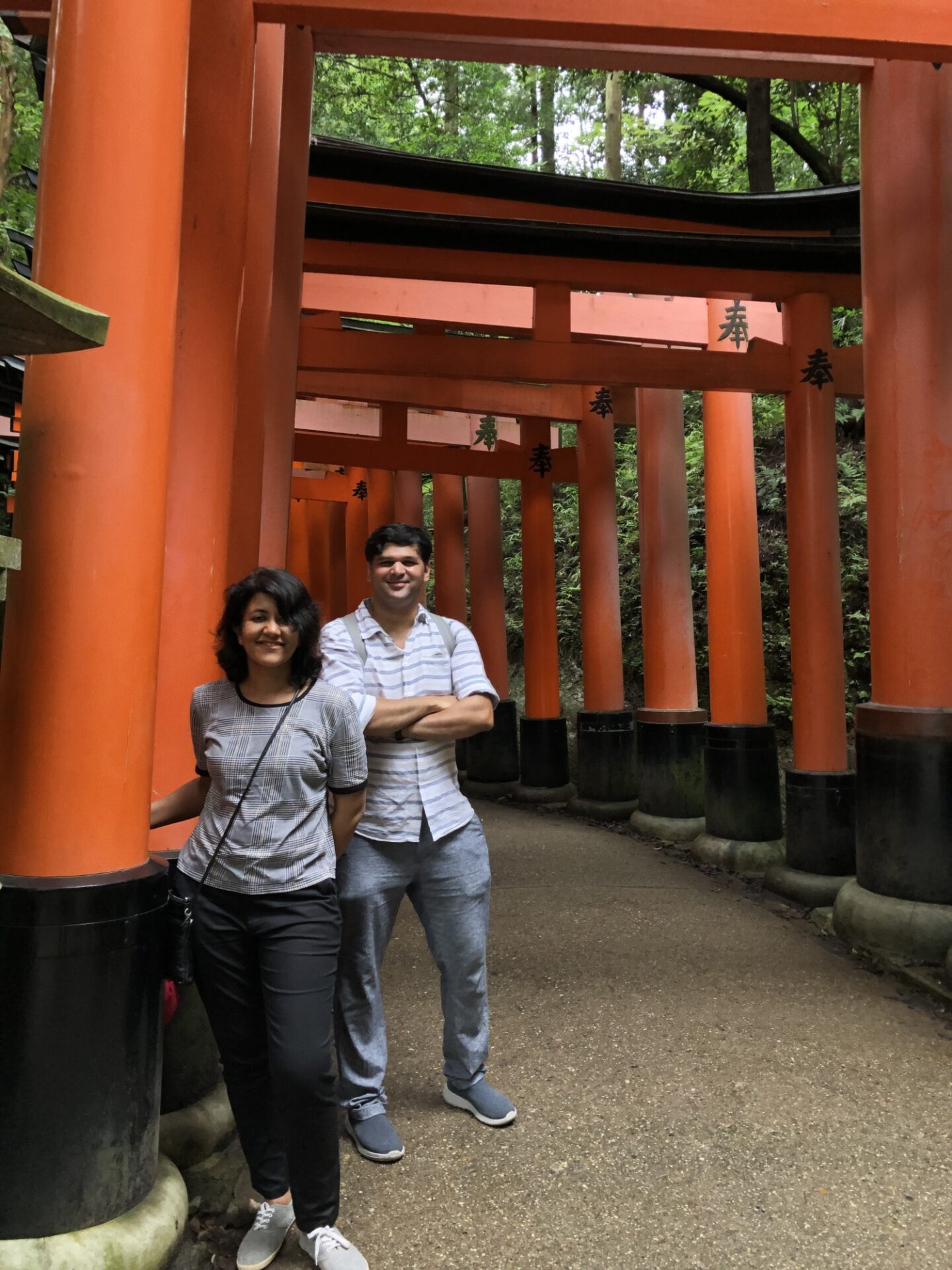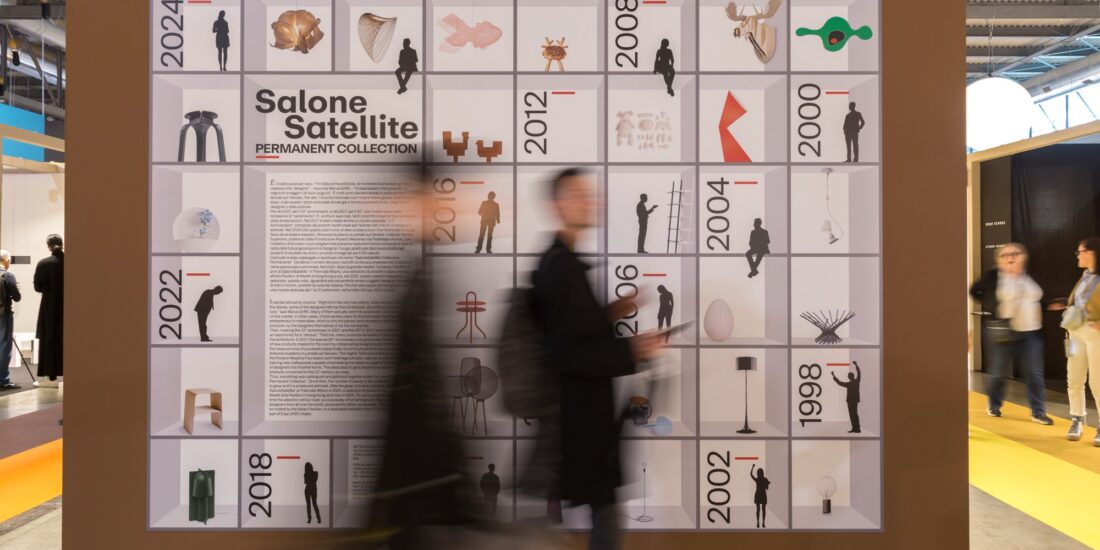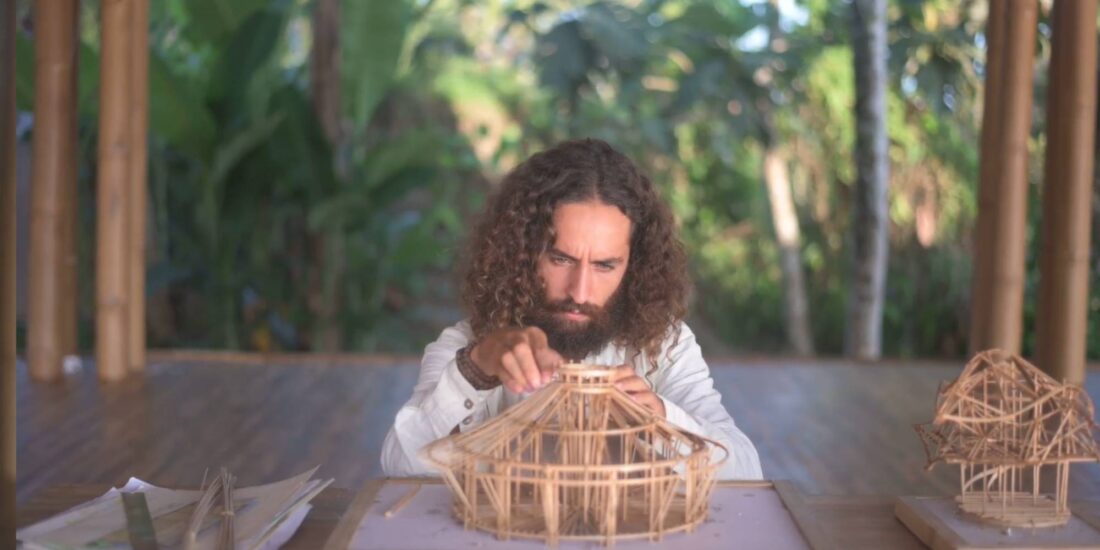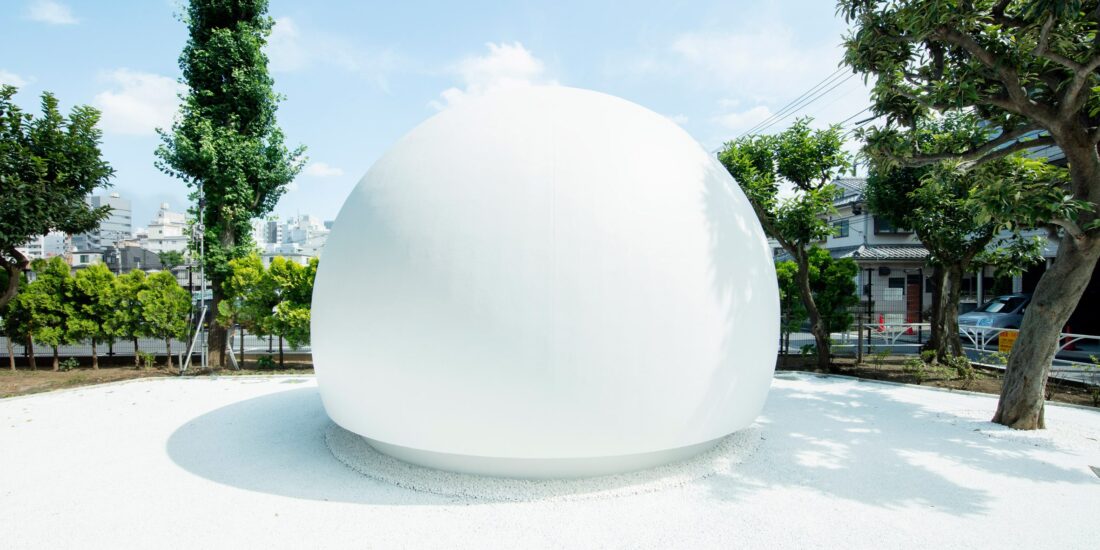Walking Through Architecture: A Conversation with Three Flaneurs
Architecture is not only about buildings; it is about experiences. While the digital era has given us access to unlimited images, it has also created a distance between architects, students, and the built environment itself. To challenge this, Three Flaneurs, founded by architects Sahil Abdul Latheef and Ekta Idnany, curate journeys that make architecture visceral again. Their travel programmes and study tours have grown into a community of practitioners, students, and enthusiasts, growing one trip after the other.
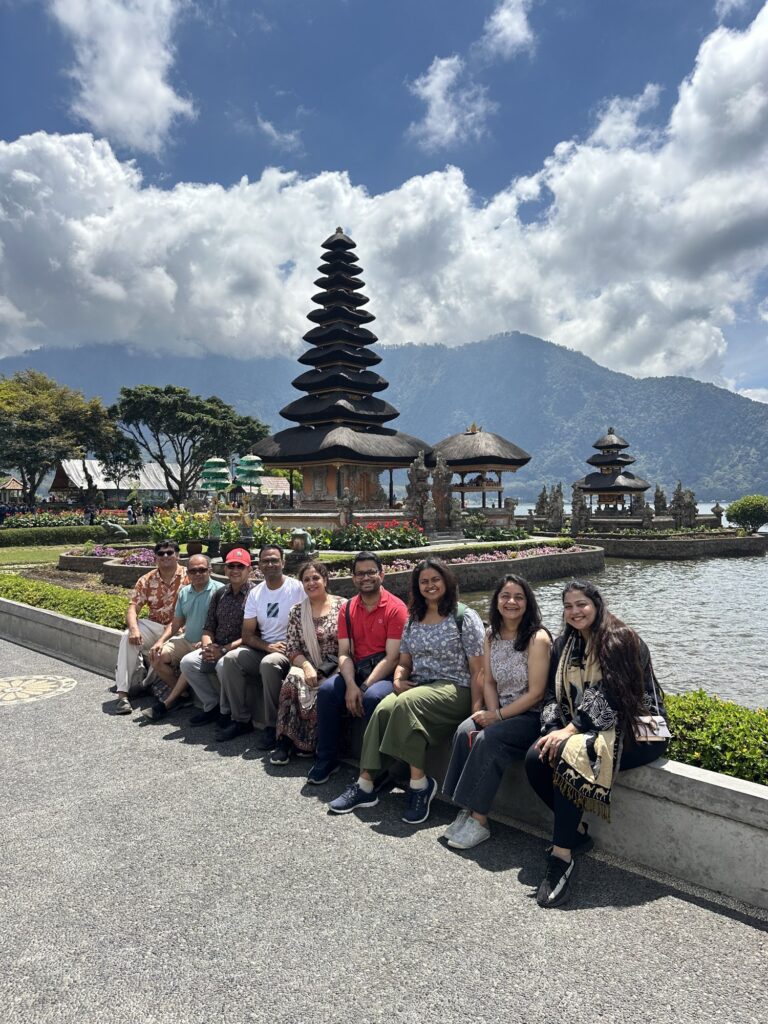
The Three Flaneurs trip to Bali.
In today’s world of endless digital imagery, architecture is increasingly consumed as pixels on a screen rather than spaces to be lived in and sensory experiences to revel in.
To counter this flattening of architecture into images, Three Flaneurs, founded by architects Sahil Abdul Latheef and Ekta Idnany, have built a practice of travel and deep insights into architectural practices. Through curated study tours, city-specific open-house events, and a growing community, they bring architects, students, and laymen back to the physicality of buildings, wrapped in a travel journey. Their journeys are not standard tourist itineraries but narratives, weaving together culture, history, and lived experiences.

Ekta Idnany and Sahil Abdul Latheef form the Three Flaneurs
SCALE sat down with Sahil and Ekta to talk about their beginnings, their most memorable journeys, the challenges of building such an initiative, and what it means to tell architectural stories in an age of AI and immersive technologies.
SCALE: How did Three Flaneurs originate?
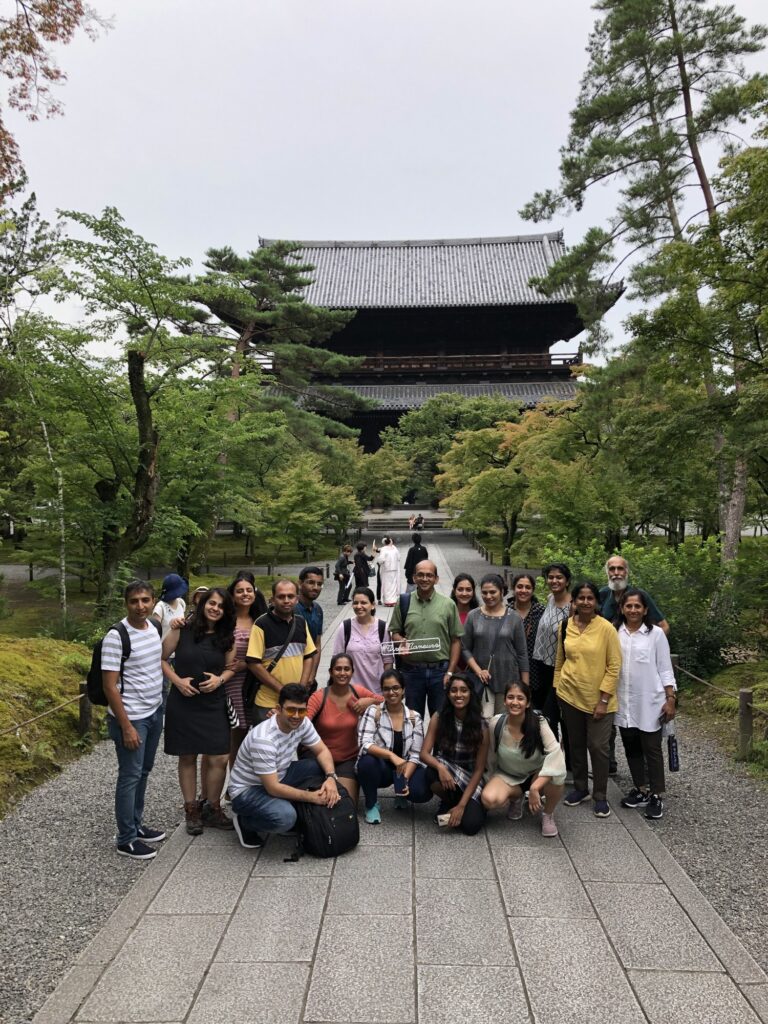
Three Flaneurs travel to Japan.
Sahil: The roots go back to our college days in Mumbai. Ekta, myself, and a colleague who was part of the group initially, all studied architecture together. Study trips were central to our education, we were constantly traveling across India, visiting heritage sites, modern landmarks, and anonymous but fascinating everyday spaces. Those experiences shaped us profoundly.
Later, when Ekta and I went abroad for our Master’s, she to the US, I to Europe, we both realized how much travel had defined our architectural outlook. When we came back to Mumbai around 2010, we began teaching, and once again we found ourselves traveling together. This time, though, something had changed. Friends began following our travels online, asking how we planned our itineraries, even whether they could join us on future trips. That’s when the idea of creating something collective took root.
Ekta: As teachers, we also became aware of a worrying gap. Students increasingly depended on Google Images or YouTube videos to “study” architecture. But you cannot truly understand space without being in it. The scale, the smell, the temperature, the way a material ages, these things don’t translate on to a screen. That realization gave urgency to what we were doing. We wanted to give people, not just architects, the chance to encounter architecture as a lived, sensory reality.
SCALE: What was your first official programme?
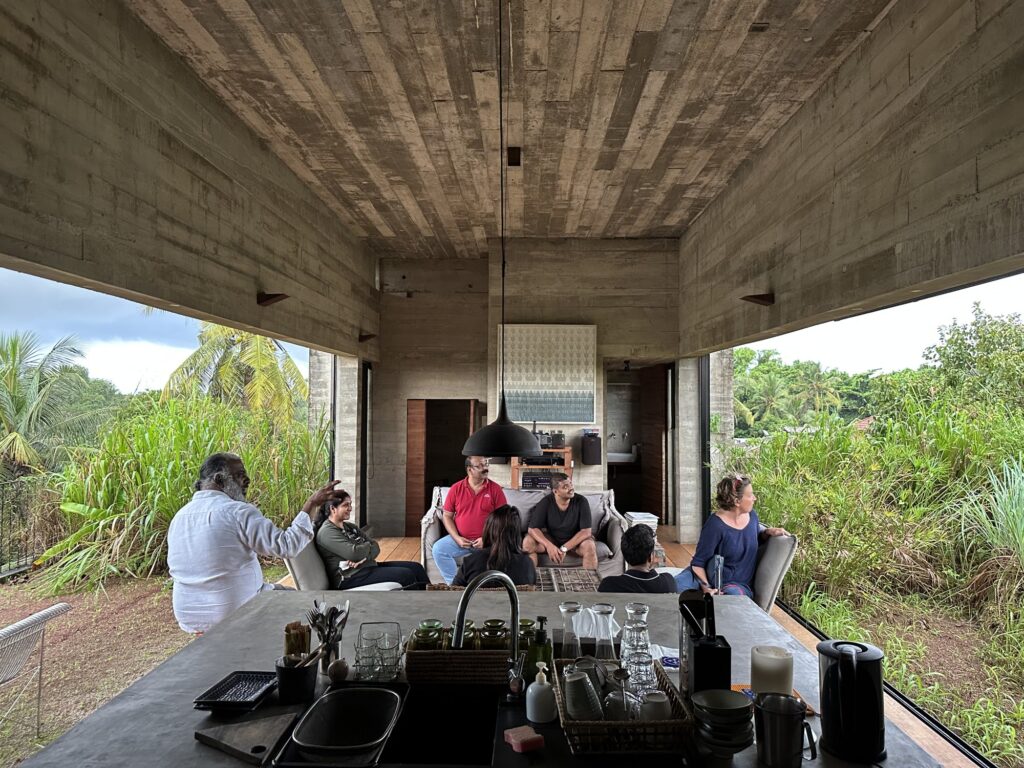
The first destination undertaken by Three Flaneurs was to Sri Lanka in 2018.
Ekta: In 2018, we launched our first formal travel programme to Sri Lanka. The focus was Tropical Modernism and the legendary work of Geoffrey Bawa. We began in Colombo, where Bawa lived and practiced, then moved through the island, staying in his hotels, exploring his gardens, and ending at the Kandalama Hotel, perhaps his most iconic work.
That travel was transformative, not only for the participants but for us as curators. In Sri Lanka, the narrative was about how Bawa brought together modernist forms with climate, how he negotiated thresholds between indoors and outdoors, and how his ideas shaped generations of architects after him.
Through the trip we tried to understand the diagrams that Bawa employed through many of his projects and how his architecture responded to the climate of the island nation. It also became clearer as we visited projects how Bawa negotiated the indoors with the outdoors through courtyard spaces and landscape elements.
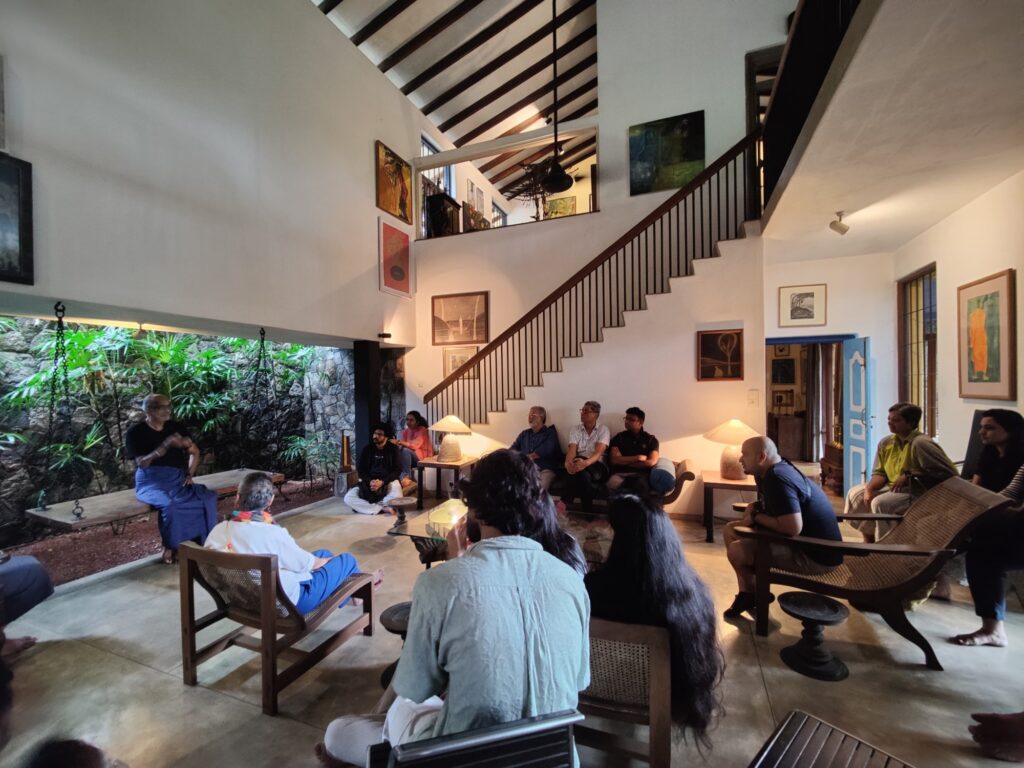
The trip to Sri Lanka included visits to contemporary architects practicing in the country.
We also met contemporary architects practicing in Sri Lanka today, how they had been influenced by the history of Sri Lankan architecture.
We visited Architect Palinda Kannangara’s studio and home and his artist’s studio, where the architect himself presented the work and showed us around while answering the group’s questions. Looking at the work of contemporary architects in Sri Lanka also helps contextualise how the response to climate through idioms of modernism continues through the work of architects practicing today.
The group was an interesting mix of young and old architects with new and established practices. We also had a group of students who had joined us during the midterm break. On the whole the group ended up gelling well which is a very important dynamic to establish early on so that there is a sense of community. Some people are still in touch with each other, and a lot have joined us to other destinations. So, the trip is not only an opportunity to share the experience and learn together but also to make lifelong friends.
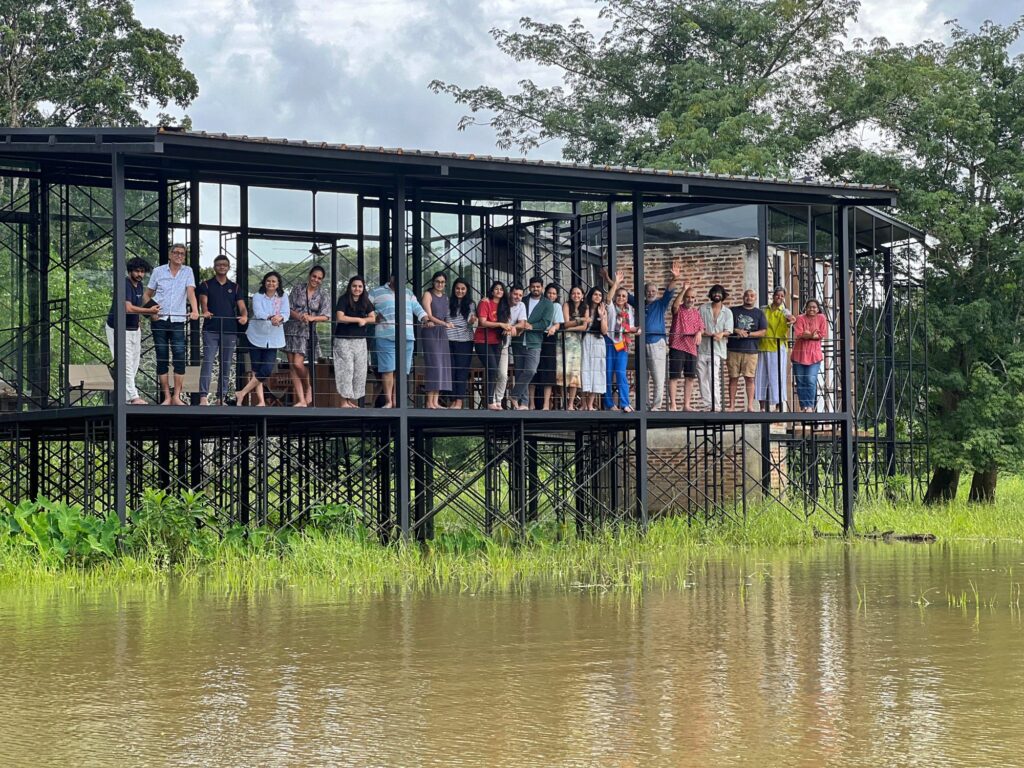
The curation of the trip is vital according to the Three Flaneurs
Sahil: That sense of community, bonding over buildings, food, and shared stories, became something we now consciously design for.
What we realised through our first few trips through Sri Lanka and Singapore is that it’s very important to curate the itinerary through an intent. There has to be a story that emerges, either through culture or history or even technology and innovation. Our itineraries are always built around a central idea. For example, in the UAE it’s about a State driven hyper Modernism and a certain laboratory urbanism that has made the city into a form experiment for the economy.
SCALE: You’ve since organized many trips. Which ones’ stand out?
Sahil: We have organised more than 10 trips. Each destination is chosen for the story it can tell. Sri Lanka will always remain close to us, but Japan was extraordinary, both for its intensity and for the cultural dissonance it offered. You walk from a wooden Shinto shrine into the chaos of Tokyo, from a moss garden into an avant-garde steel tower. It forces you to constantly recalibrate your senses.
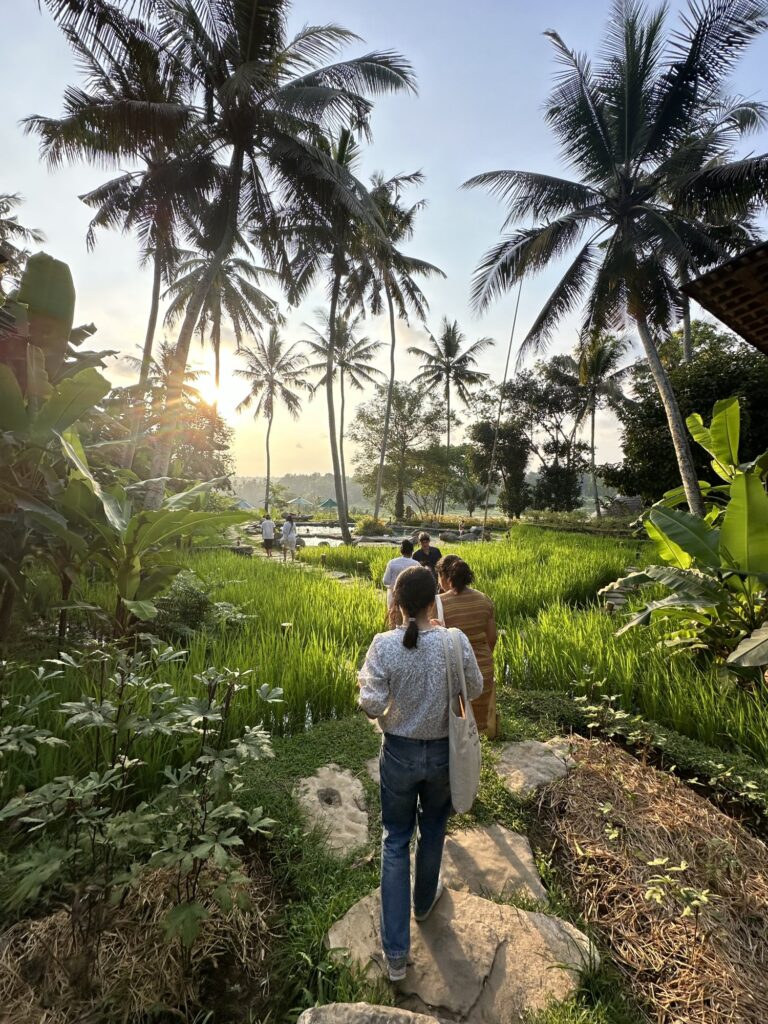
Architectural tour of Bali with the Three Flaneurs.
Bali was another revelation. There we could literally trace the circular influence between Sri Lanka and Bali, how Balinese temples shaped Bawa, and how his architecture, in turn, influenced Bali’s modern tourism-driven style. Uzbekistan was entirely different again, part of our Silk Road explorations.
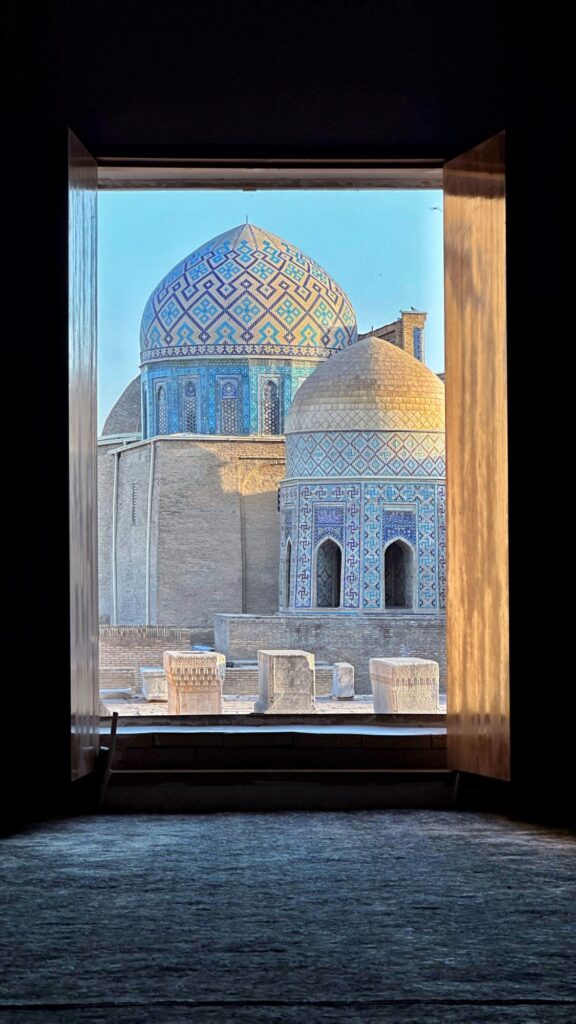
The Uzbekistan tour was a journey along the Silk Route according to the Flaneurs.
Bali and Uzbekistan have been completely unique. While the story we discovered in Bali also ties in with the Tropical Modernism tale we tell in Sri Lanka. In Uzbekistan we went on a journey along the Silk Route which continued into the Indian subcontinent as well. We have also explored the same path through India especially through Punjab. In India particularly, a lot of conservation work is happening to preserve and document the historical architecture that is a legacy of the once flourishing trade. The most interesting quotidian buildings such as the Mughal Sarais, Kos Minars and the towns that developed around them give you a real peek into history.

Three Flaneurs travel is not just about the buildings in that country but finding connections and understanding how culture is carried across to other places.
Finding such connections helps us decide new destinations because culture doesn’t stay static, it finds resonances and echoes across borders. One of the new trips we want to launch this year will be to Vietnam. The temples one sees in the East of India and in the South had been transported to Bali and we also want to trace their passage through countries like Vietnam and Cambodia. We find a lot of our connections through social media and through our community and networks. Often people are generous and write to invite us or connect us to their contacts in different parts of the world. Such exchanges and also meeting fellow travellers and architects from different parts of India that join our trips expands one’s perspectives.
Walking through caravanserais, mosques, and bazaars, and then tracing the route back into Punjab and North India, it gave us a tangible sense of how culture moves across borders, how architectural ideas travel with people and trade. These connections are what excite us. Architecture doesn’t exist in silos; it’s always in conversation across geography and history. That’s what we try to reveal through our trips.
Ekta: We recently took a group of 24 persons to Japan for the Expo 2025. The World Expos that happen every five years are totally worth visiting as we get to see pavilions from all around the world. Also historically some cutting edge architectural experiments have first been tried at the world expos. We also continue to fine tune and add more to every subsequent trip in some of our destinations and Japan just offers endless possibilities for new things to see.
SCALE: What makes your itineraries different from other architectural tours?
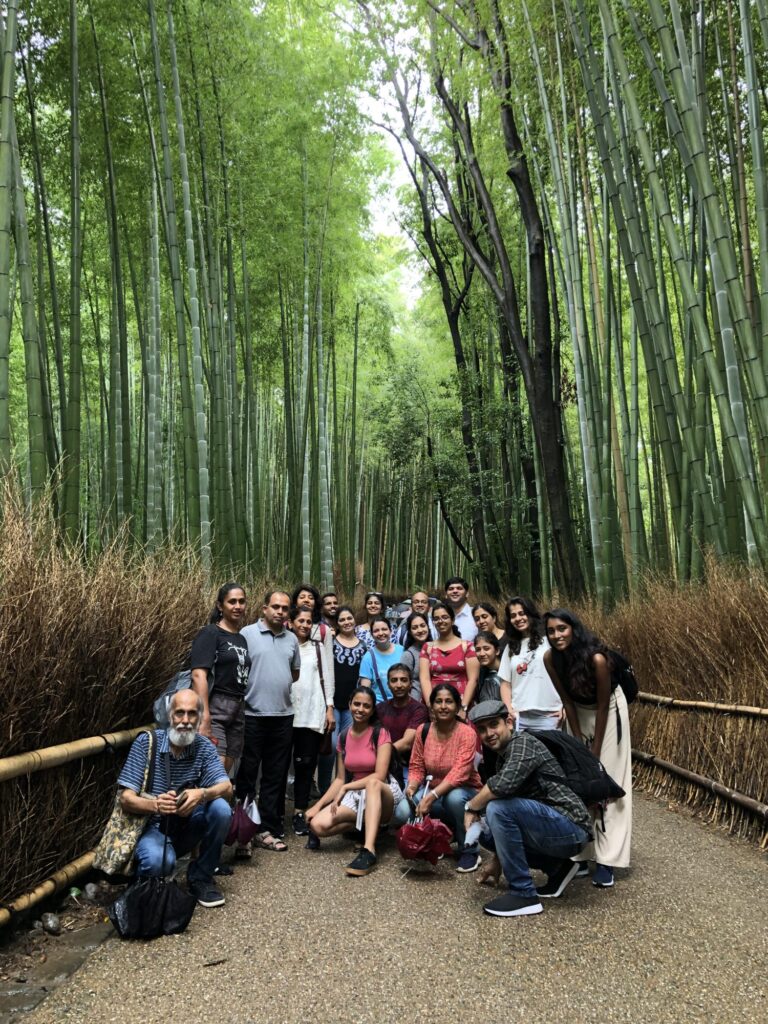
The Three Flaneurs in Japan.
Ekta: We don’t sell “packages.” We craft narratives. Each trip has a central idea, be it Tropical Modernism in Sri Lanka, Green Urbanism in Singapore, or Silk Road legacies in Uzbekistan. Participants aren’t just collecting sites; they’re following a thread. Take Singapore, we show how one of the densest city-states in the world reinvented itself. We visit public housing, landscape projects, urban infrastructure, and commercial towers, all to demonstrate how design, when backed by policy, can transform oppressive urban density into liveable, green spaces.
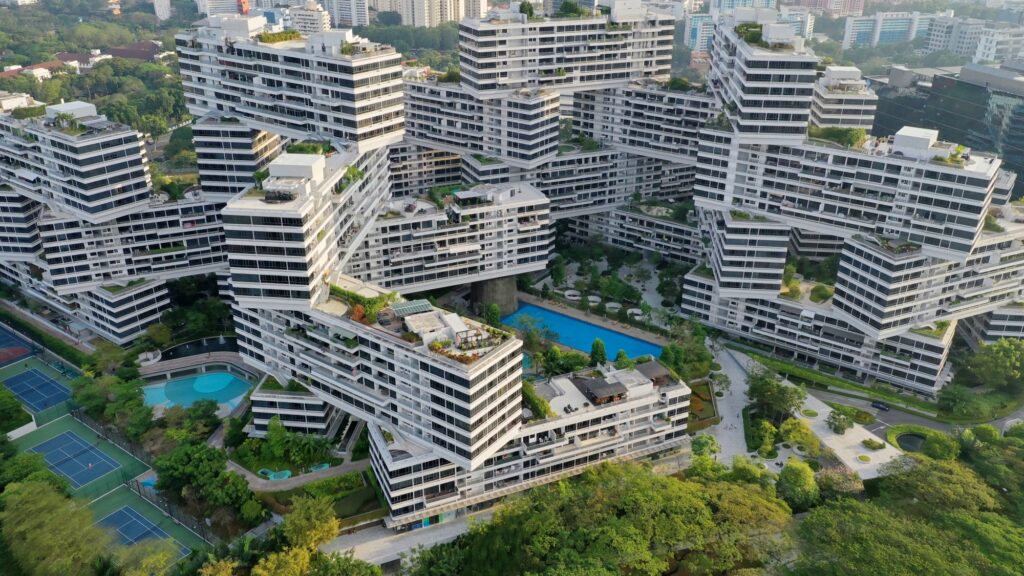
Singapore; where policy and sustainable designs work hand in hand
Sahil: And there’s always space for culture beyond architecture. Food, for instance, plays a huge role. Sharing meals brings people together, and those conversations often become as memorable as the site visits. We also leave pockets of free time so people can explore according to their own interests.
SCALE: Tell us about the India Architecture Open, which is part of Three Flaneurs.
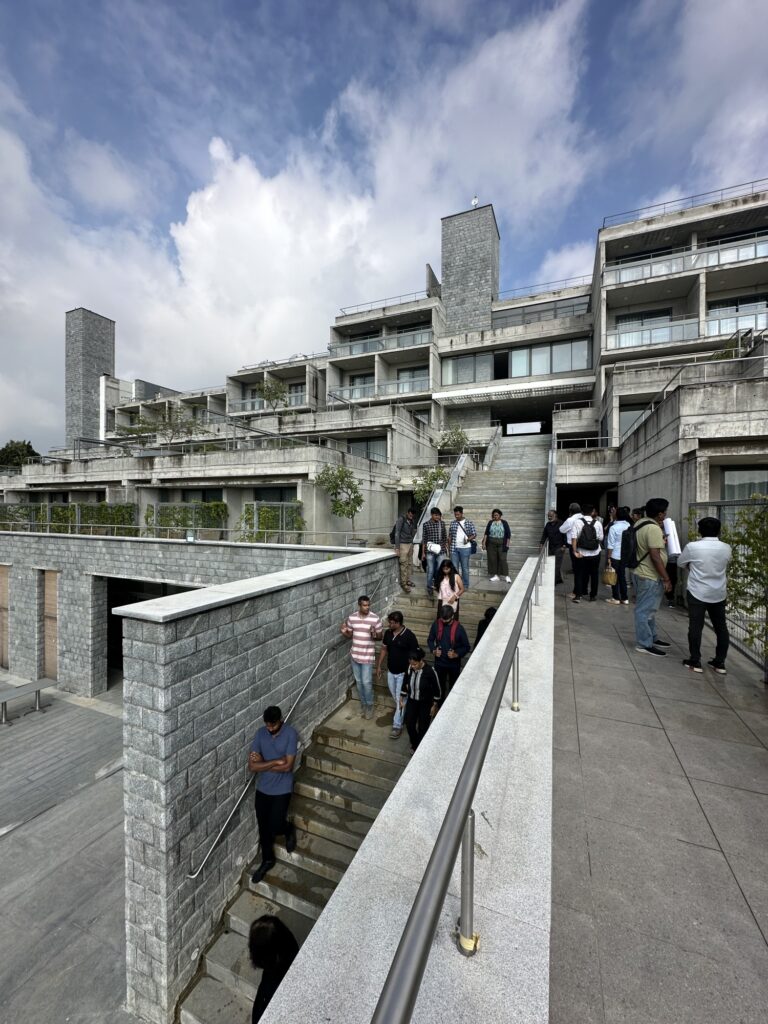
India Architecture Open
Sahil: That began in 2017 at the Kala Ghoda Arts Festival. We wanted to challenge the misconception that nothing significant was happening in Indian architecture after Correa and Doshi. Contemporary projects weren’t visible online, and most events remained limited to professionals.
So, we designed open weekends where contemporary buildings would literally open their doors. Architects would personally lead people through their projects, explaining design choices and challenges. It was free, and anyone could attend from students, professionals, or just curious citizens.
Ekta: We’ve held it in Mumbai, Delhi, Bengaluru, Pune, Chandigarh, and more. It’s entirely self-funded, which makes it difficult to run frequently, but its impact is undeniable. People discover that their own cities are full of remarkable buildings they’ve never had access to. It also forms part of our own research into contemporary practices in India.
SCALE: What challenges have you faced in keeping this initiative alive?

Three Flaneur tour in UAE.
Sahil: Time and funding, always. Both of us juggle other work, Ekta has her practice, I work with a firm and teach. Three Flâneurs is essentially a passion project, something we pursue during breaks and holidays.
We’ve thought about sponsorships, and we may go that way, but independence is important to us at Flaneurs. Even our nominal fees are not about profit but about managing logistics and commitment. The pandemic years, of course, were a complete halt, but we’ve come back stronger since.
SCALE: How do you balance your own architectural interests with what appeals to a broader audience? Do these programs reflect your personal passions, or do you aim for neutrality in curating them?
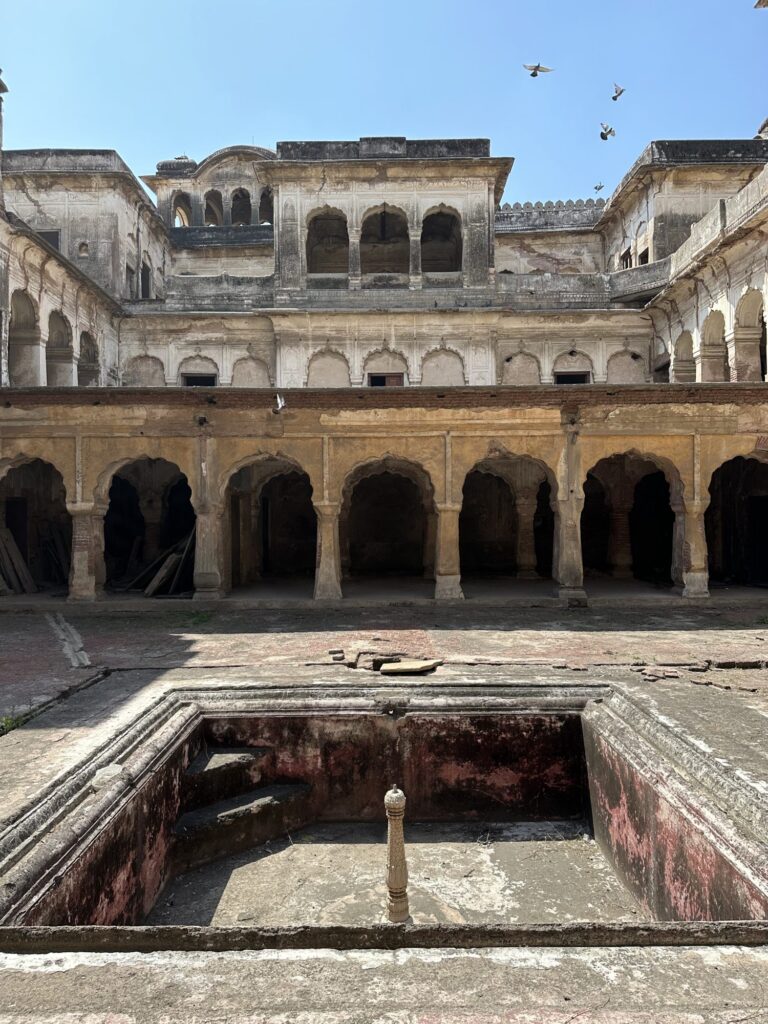
The Silk Route trip when it took the participants to Punjab.
Sahil: For us Three Flaneurs is a passion and research project simultaneously. It is largely driven by our own curiosity about the built environment around us and its contribution to culture. The India Architecture Open is an ongoing self-funded research project. But the architecture and design trips are a commercial endeavour. Yet even here the idea is to construct a narrative and create a holistic picture that crosses culture, history, economics, sustainability and several other concerns.
Usually, the trips do start with our own experience and the recces we conduct before the first official trip. Like we have said before we are constantly researching new buildings and new connections to enrich the narratives. It takes us a few rounds to fine tune the itinerary and iron out the logistics and maybe add some more cultural experiences to the trips. We also take the feedback we get from our guests quite seriously and make adjustments.
SCALE: How have these experiences influenced your architectural practice?
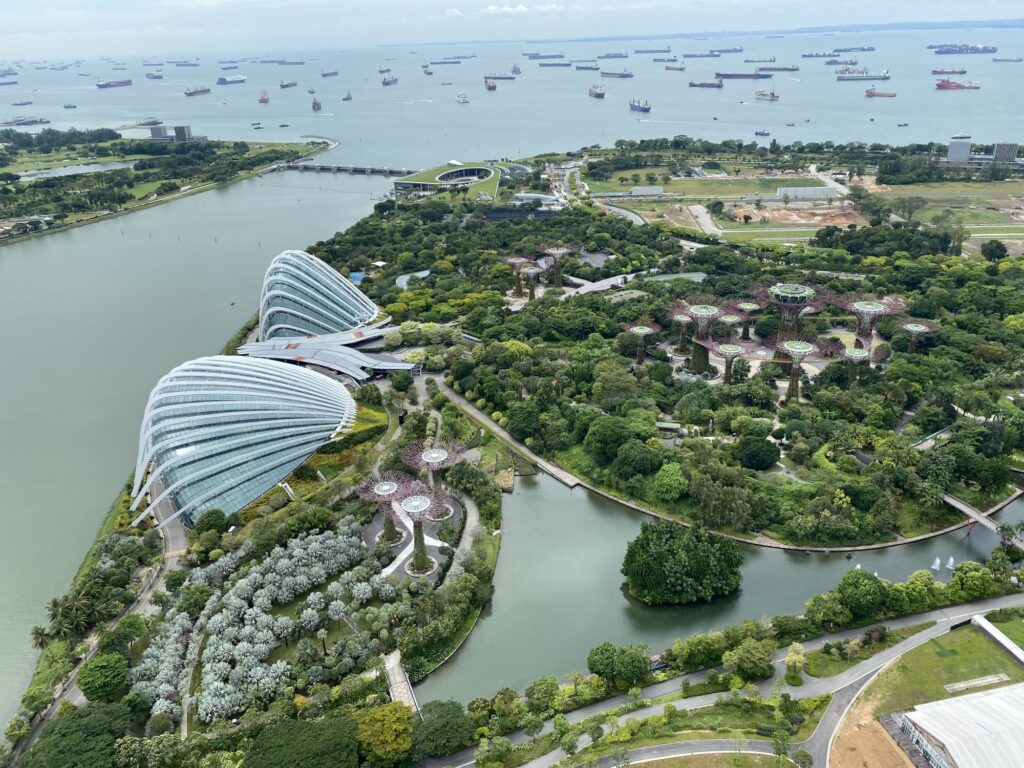
Singapore, a perfect example of well-planned public design that was a favourite for Team Three Flaneurs.
Ekta: For me, travel is a way of making sense of the world. Seeing how people live, how they adapt to climate, how they carry cultural influences, it deepens your empathy as an architect.
Sahil: It also helps us resist the temptation of superficial imitation. Indian architecture is better served by learning from contexts with shared challenges, Asia, Africa, the Middle East, than by blindly copying the West. Travel shows us those parallels and helps us adapt solutions intelligently.
SCALE: Where do you see architectural storytelling heading in the age of AI and immersive tech?

The UAE tour.
Ekta: We started Three Flaneurs precisely as a reaction against over-reliance on digital media. You cannot replace the embodied experience of architecture with VR goggles. No headset will let you feel the roughness of brick, or the breeze through a shaded courtyard.
Sahil: But technology can complement what we do. Imagine digital or audio guides for people who can’t join us, parents with small children, for example. AI may generate itineraries, but the heart of what we do is storytelling, and that still requires human curiosity and criticality.
Inspirations and Aspirations
EKTA Idnany
Dream destination: Norway, to witness polar nights and the Aurora Borealis
Always returns to: Japan
Inspirational building: Heritance Kandalama by Geoffrey Bawa
City that inspires: Singapore
Beyond travel, what motivates you? I read voraciously… but that’s another form of travel
Admired architects: Sejima and Nishizawa, the principals of SANAA, a Japanese architectural firm.
SAHIL Abdul Latheef
Dream destination: Iran, to continue the Silk Road journey
Always returns to: Sri Lanka
Inspirational building: The Alhambra in Granada
City that inspires: Istanbul
Beyond travel, what motivates you? Beyond travel, I am deeply passionate about Natural History. I have a strong desire to continuously learn and explore various aspects of the world around us, from the wonders of the natural environment to the intricate connections that shape our planet.
Admired architects: OMA (Office for Metropolitan Architecture)
Looking Ahead
Three Flaneurs are refining itineraries, adding new perspectives, and deepening their networks with local architects and communities. For them, every trip is both research and passion, a chance to build narratives across borders.
“Travelling to see architecture,” says Ekta, “isn’t just about learning. It’s about refreshing yourself, rethinking your practice, and sometimes, simply being present.”
Sahil concludes: “What we’re offering is not tourism. It’s a way of walking through architecture, with curiosity, with openness, with the humility to learn. That’s what makes us Flaneurs.”

